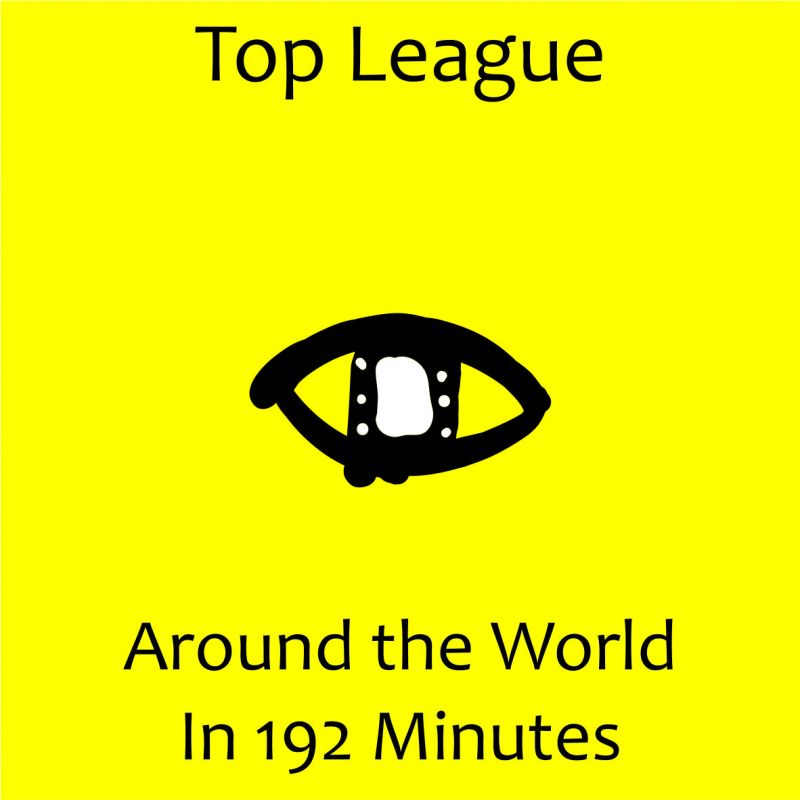Top League
Past events
- 06.10.2014, 17:00 - 19:00, Teatr Kana, Polish Documentary Classics vol. 2 – Andrzej Munk
- 05.10.2014, 16:00 - 17:30, Kino Zamek, The Best Films in the World
- 02.10.2014, 17:30 - 19:00, Multikino Galaxy, The Best Films In The World
- 01.10.2014, 20:00 - 23:00, Multikino Galaxy, Retrospective – Walter Ruttmann
- 30.09.2014, 21:00 - 23:00, Multikino Galaxy, The Best Films In The World
- 29.09.2014, 17:00 - 19:00, Ośrodek Teatralny Kana, Polish Documentary Classics vol. 1 – Andrzej Munk
- 29.09.2014, 16:00 - 17:00, Ośrodek Teatralny Kana, Around the world in 192 minutes
Filmy poprzednich edycji
- 20,000 Days on Earth, 97'
20,000 Days on Earth
Production: GBR 2014For years, Nick Cave has been one of the most fascinating and enigmatic figures of music, literature, and film. His unique film portrait, 20,000 Days on Earth, adds even more to the mystery and makes us answer the question: how many days of our lives have we really lived? What have we done with the time given to us? Day number 20,000 in the life of Nick Cave – from the early morning ringing of the alarm clock to the late night stroll along the beach after a show – transforms into an unusual and fascinating portrait of the artist. In their cinematic début, Jane Pollard and Iain Forsyth combine fiction and truth, and public matters with the personal, in order to tell the story of his life.
(Distributor's description)
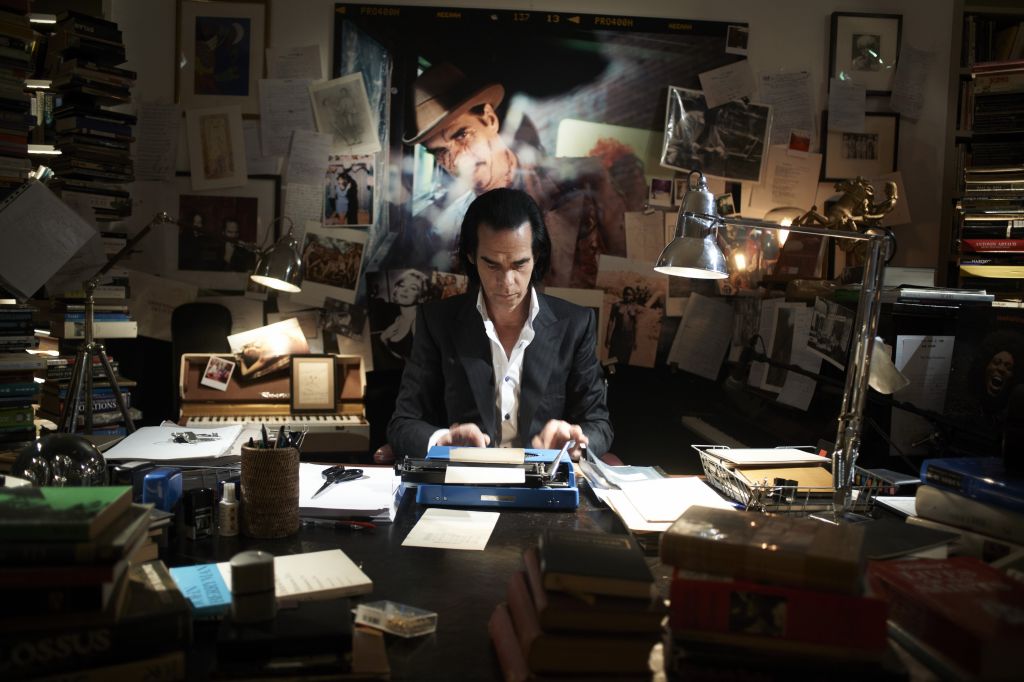
read more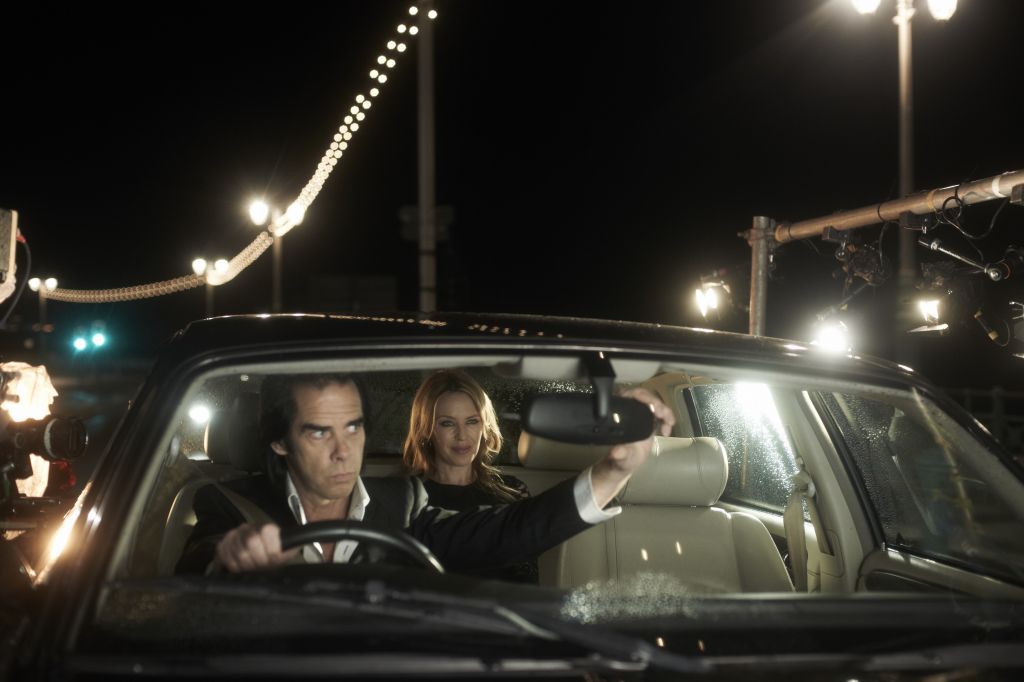
- Berlin, die Sinfonie der Großstadt, 65'
Berlin, die Sinfonie der Großstadt / Berlin: Symphony of the Big City
Production: GER 1927A silent movie from 1927. This film has been unanimously proclaimed to exemplify the expression of an new reality – a trend in art, aiming to explore true life. The creator of this production himself became a leading representative of the German avant-garde. “Berlin: Symphony of the Big City” is a vivid and furiously edited story about a past epoch, its customs and sensations. An interesting aspect of the film – quite innovative in those times – is the use of scenes of everyday life in Berlin secretly observed and shot. Numerous formal references to expressionism and avant-garde trends of the time can be discovered in this picture.
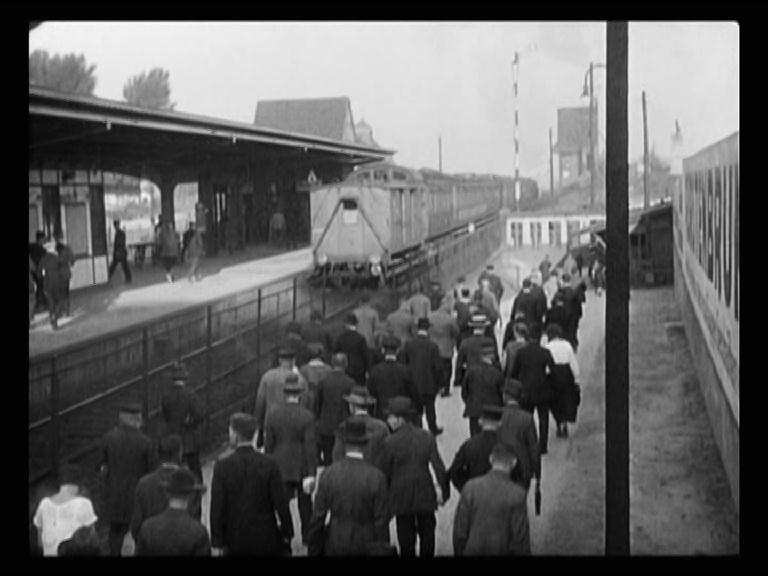
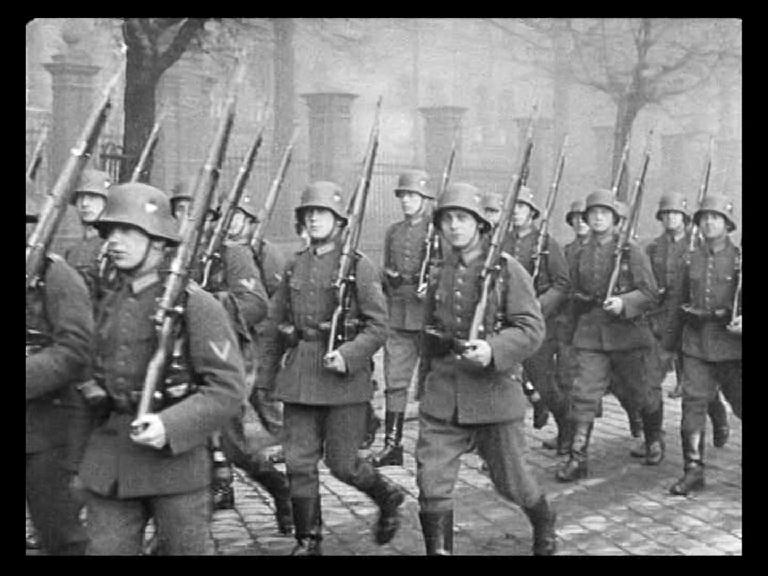

read more
- Gwiazdy muszą płonąć, 104'
Gwiazdy muszą płonąć / Stars Must Be Alight
Production: POL 1954This is Andrzej Munk's first attempt at a feature film, though the tradition of interpretation situates it among the artist's documentary works. The reason for that is probably the graphic poetics of Stars, which belongs to the documentary experience, using the material reality as its main fabric in the creation of the represented world. In Stars this reality is the world of the mine – mineshafts, drifts, the coal itself, gas, water, mining tools. The pictures and elements of this world, perfectly organised in the editing process, not only create authentic scenery for the stories told in the film, but also give the unusual flavour, typical only for the miners' experience.
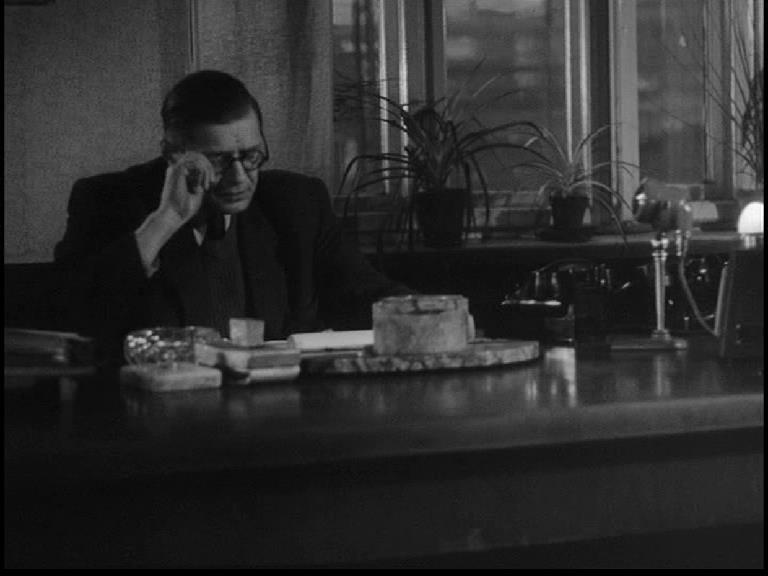
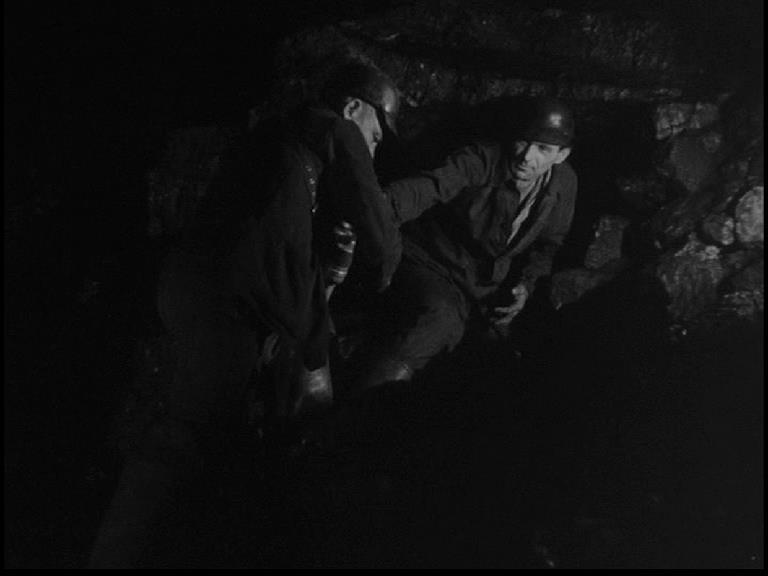
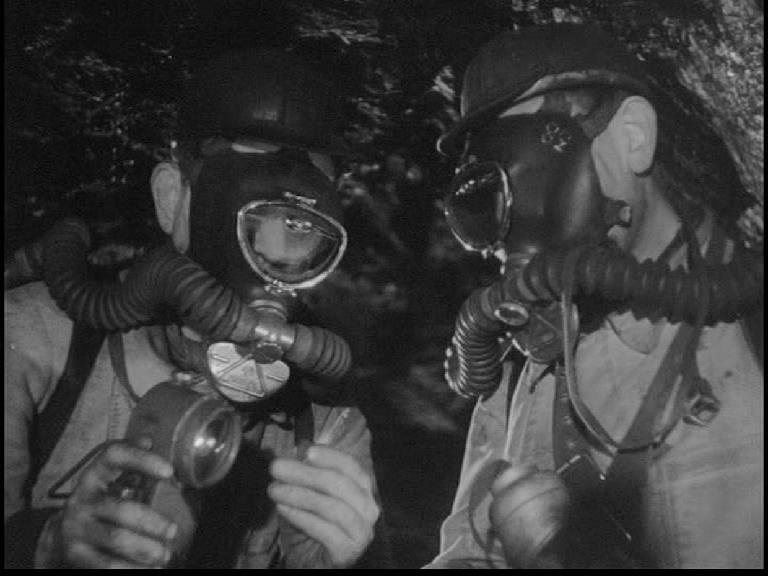
read more - In der Nacht , 7'
In der Nacht / In the night
Production: GER 1931“Eine musikalische Bildphantasie“ – a piano and picture impression made on the 75th anniversary of Robert Schumann's death. The film is a kind of cinematic polemics with the composer's “Night Pieces.” The central motif is water. Water – one of the four elements, the symbol of new life and infinity, in Ruttmann's work shines in a raging whirlpool, a torrent, a steaming geyser. However, the director also shows the gentle face of water – the peaceful water surface or the innocent, playful waves. The film is a predecessor of a music video.
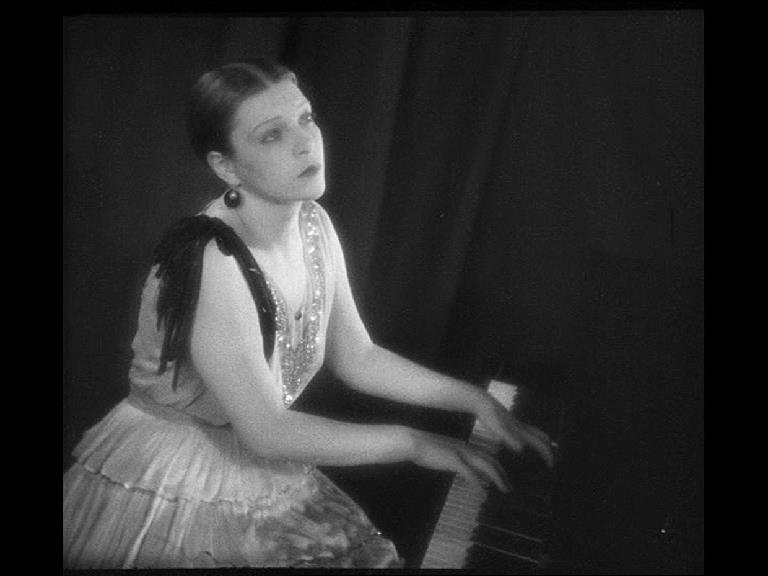
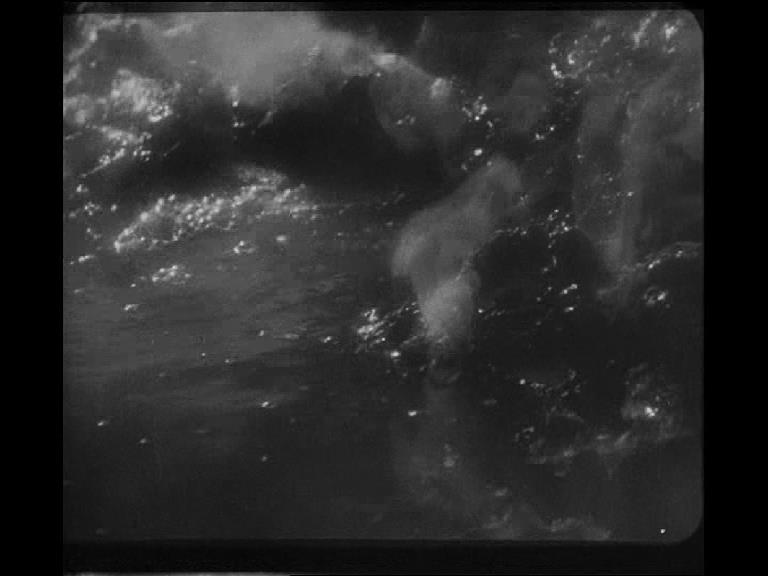
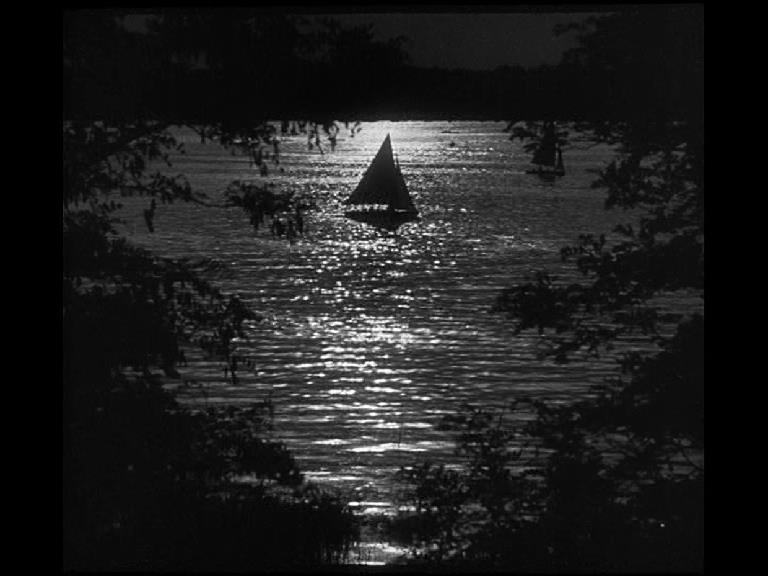
read more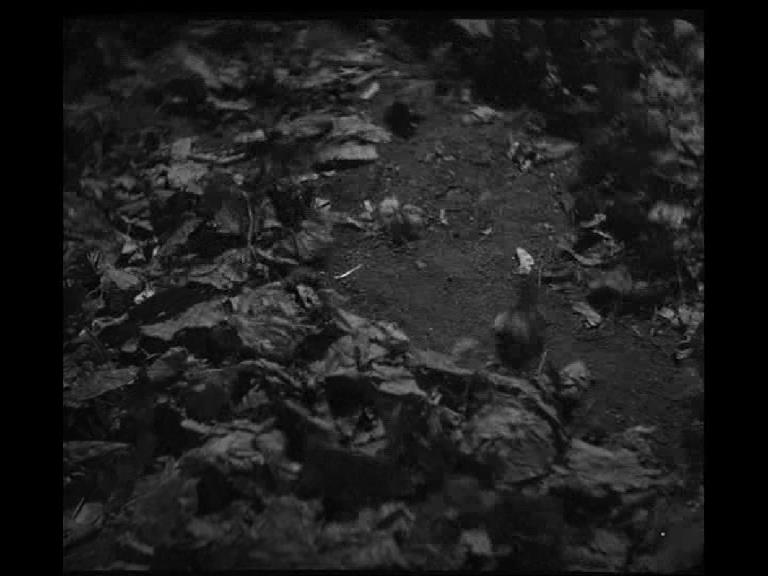
- Is The Man Who Is Tall Happy?, 88'
Is The Man Who Is Tall Happy?
Production:FRA 2013The film is an attempt at presenting the extraordinarily interesting figure of Noam Chomsky, as well as his intriguing yet complicated scientific theories. Michel Gondry decided on an unusual move; he does not simply have a fascinating and frank conversation with the scholar, he also embellished it with fantastic animations which excellently portray what Chomsky is talking about. Owing to this, his ideas become much more understandable and approachable for the viewer. As a result, the film transforms into a real visual and intellectual feast, and its title is a conscious and somewhat ironic play referring to Chomsky's linguistic theory.
(Distributor's description)

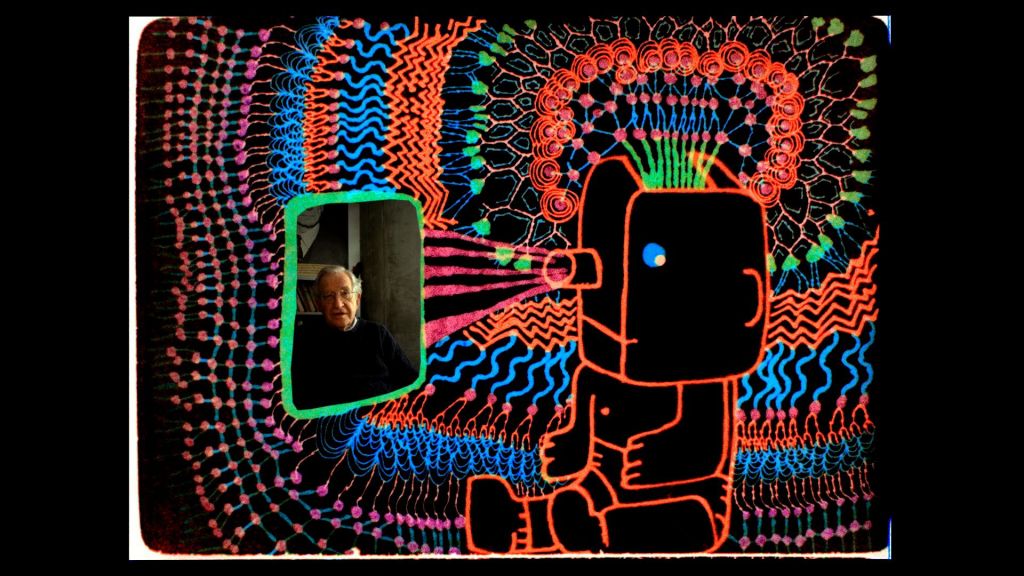
read more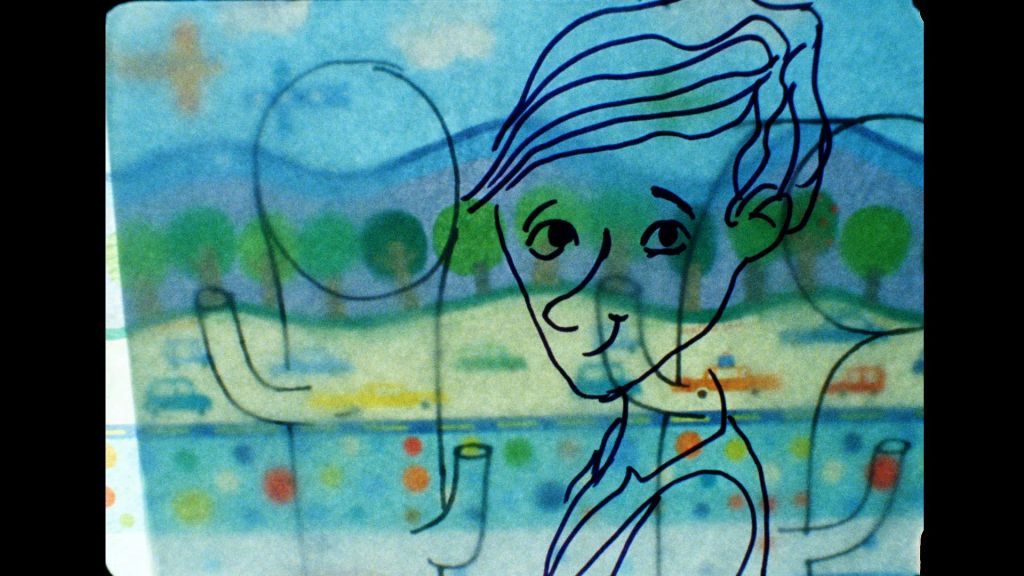
- Kierunek Nowa Huta, 12'
Kierunek Nowa Huta / Destination Nowa Huta
Production: POL 1951A film which can be recognised as a model agitational picture of the Stalinist times of Polish cinema, and which Andrzej Wajda could quote as the work of director Burski in his Man of marble. At the same time, a testimony of the experiences of artists who debuted in the times of ideologically and “aesthetically” dominating socialist realism. It has all the features of that period's documentary cinema, where commentary was the instance organising the whole film, carrying the biggest part of the ideological propaganda message, only supplemented by the adequately edited picture. The real idea behind the film is the apotheosis of the construction of the factory and the Nowa Huta city, which is created in opposition to Kraków, stale in its bad tradition.
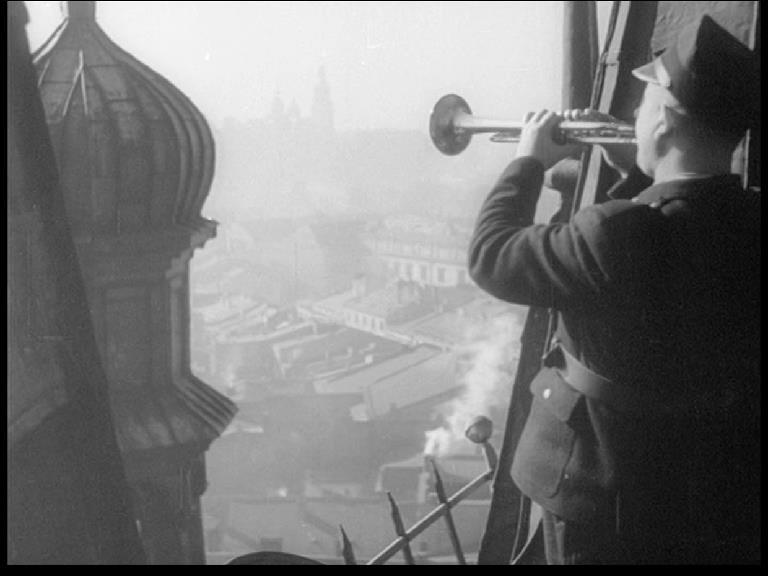
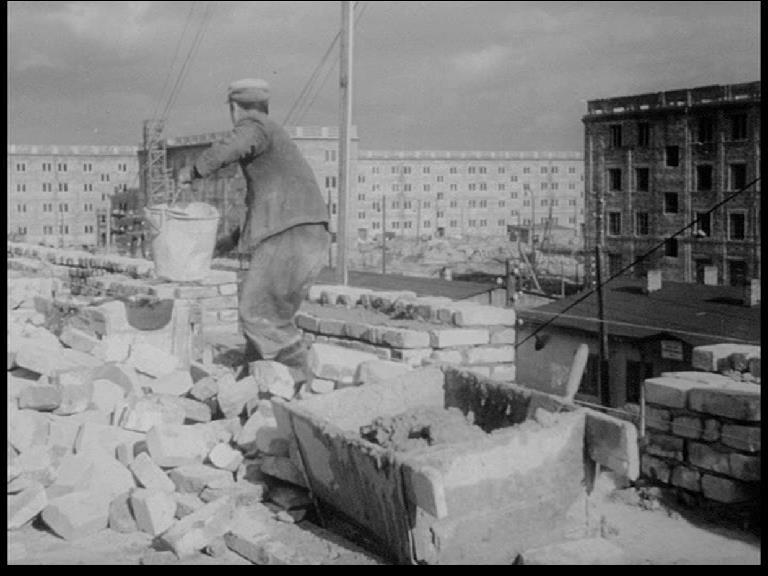
read more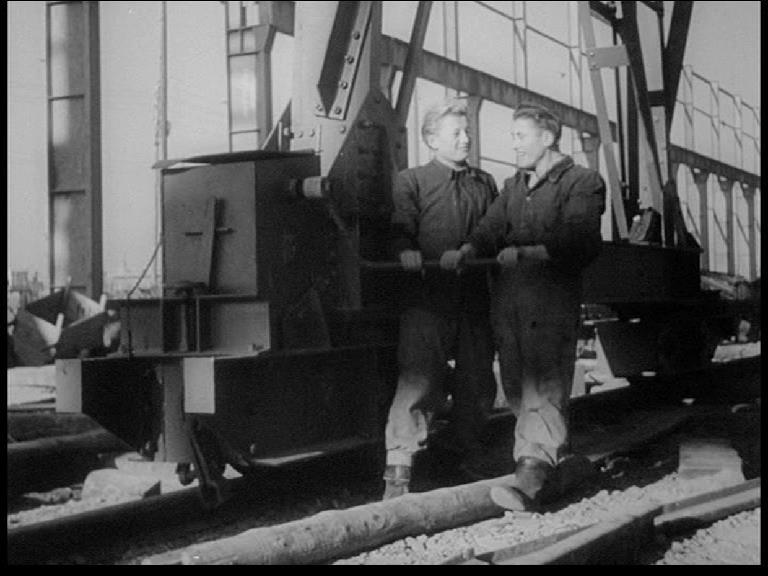
- Kolejarskie słowo, 21'
Kolejarskie słowo / A Railwayman's Word
Production: POL 1953Although this film seemingly fits the formula of socialist Poland's “production reportage,” it is actually a breakthrough in Andrzej Munk's documentary work. The quasi-feature film structure of the film is based on the task set before the crew of the coal train from Silesia to the steel mill in Szczecin, but also before other railwaymen assisting in the train's long route. The fight to carry out the plan, which is a typical topic for socialist realism cinema, was pictured by the filmmakers in a way which escapes the formula typical of those days. It is the people responsible for the task who are the most important here – their work ethic.
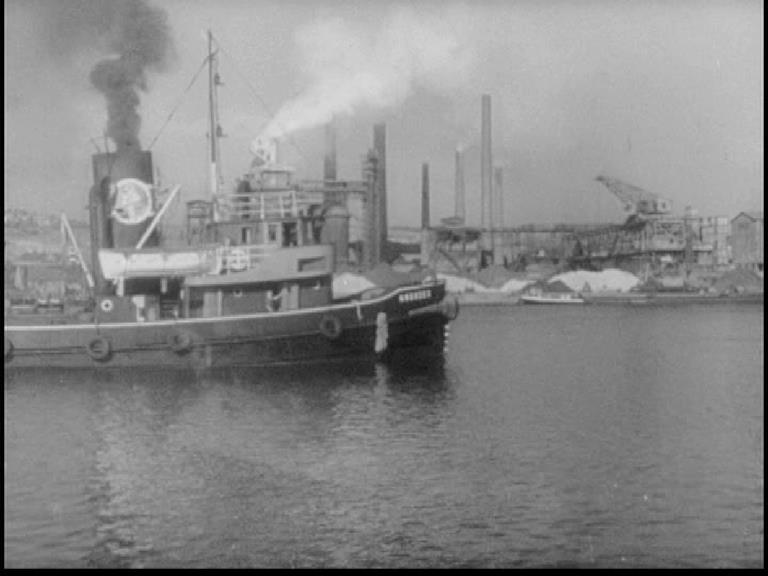

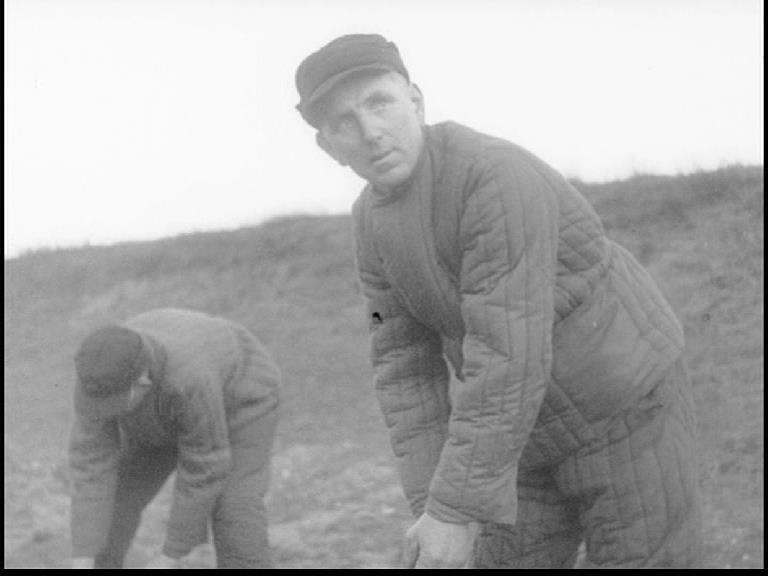
read more - Melodie der Welt, 49'
Melodie der Welt / Melodie świata / Melody of the World
Production: GER 1929The documentary, first made as an advertisement for the Hamburg-America Lines, is the first German feature-length film with sound. A sailor and his beloved with all their belongings go to the port where a ship is waiting for them. These are the last sweet moments they spend on land, for they are about to part with what they know and enter the new, faraway land. The picture includes rhythmic sequences that depict the confrontation of man with war, death, love, and fun. A film which by many critics is believed to be the predecessor of such documentaries as “Koyaanisqatsi” by Godfrey Reggio or “Baraka” and “Samsara” by Ron Fricke.
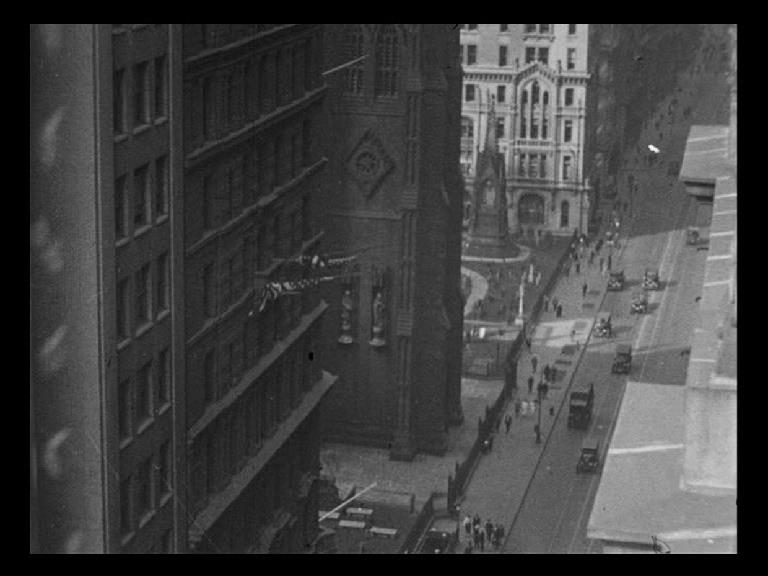
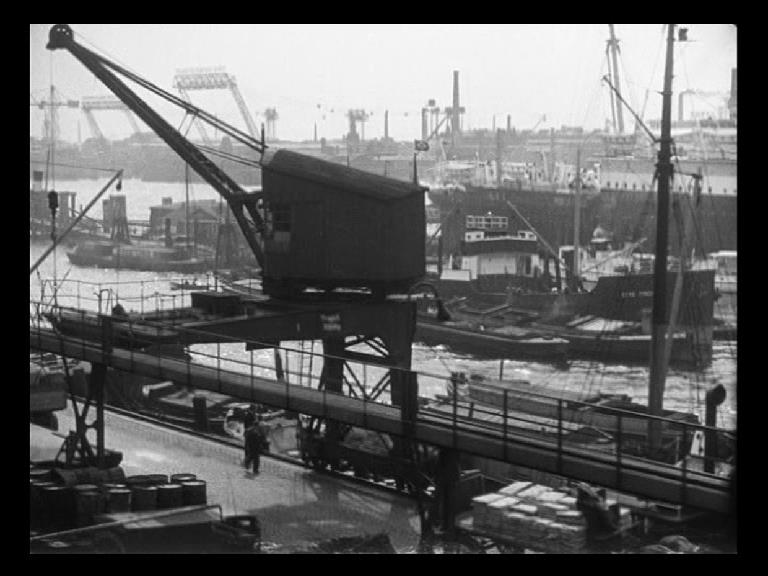
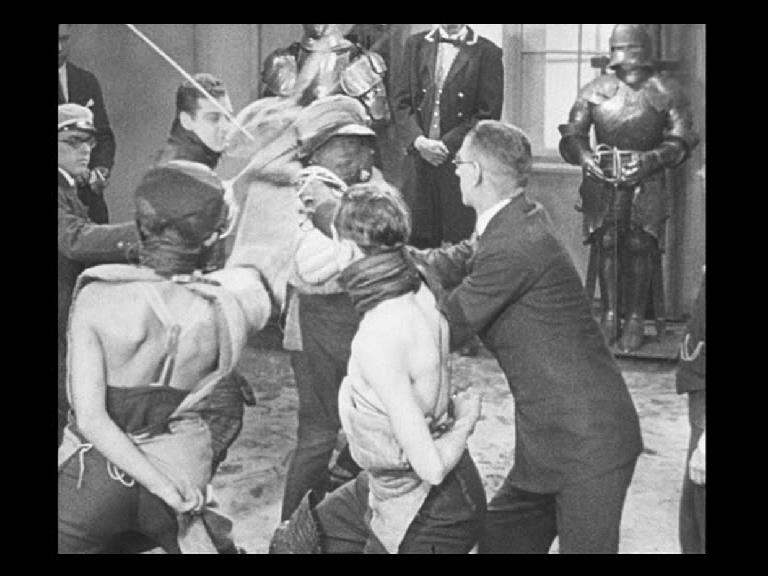
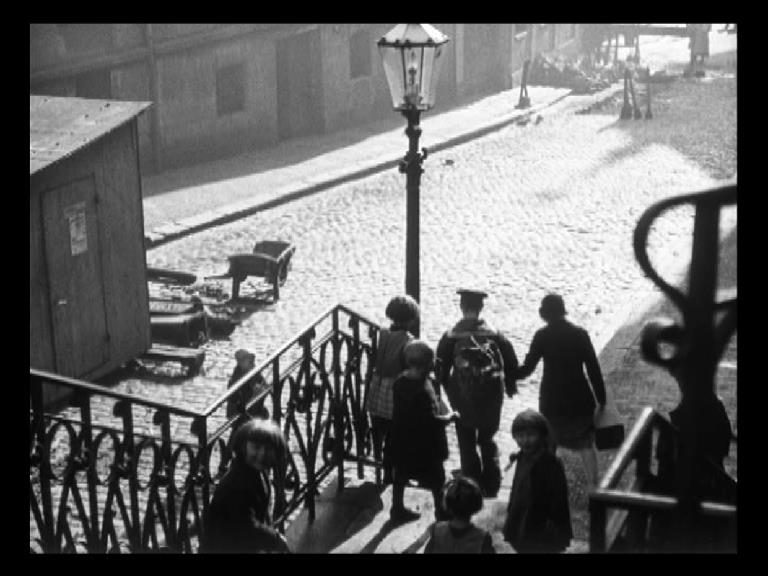
read more - Pamiętniki chłopów, 14'
Pamiętniki chłopów / Peasant Diaries
Production: POL 1952Andrzej Munk's first attempt to “humanise” the socialist-realist formula of documentary cinema. He does it by referring to authentic materials, the Peasant diaries published in 1935. The director finds its three authors and, by quoting excerpts from their diaries, confronts their old fate with the life in socialist Poland which makes the old dreams come true – dreams about one's own share of land, the chance to live with dignity, and the possibility to educate one's children. A part of this “humanising” is giving the viewer a chance for direct contact with those non-anonymous protagonists, whereas what dominated documentary film those days was the anonymous collectivity.

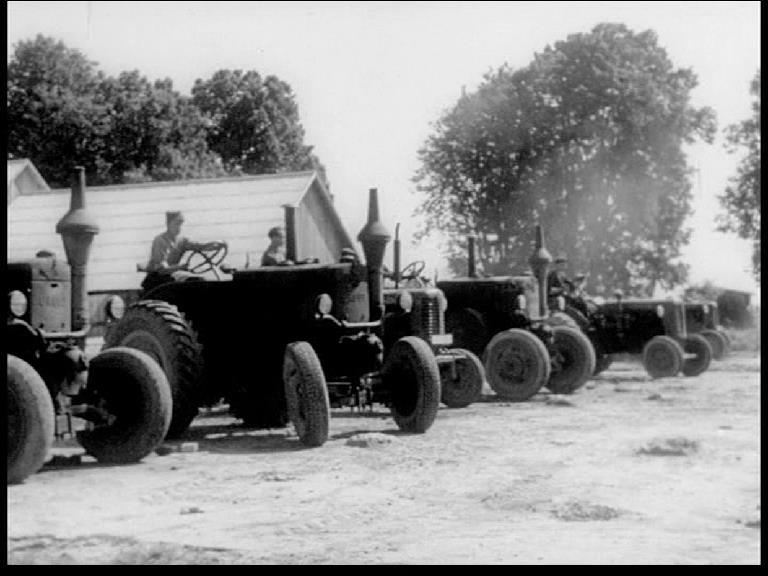
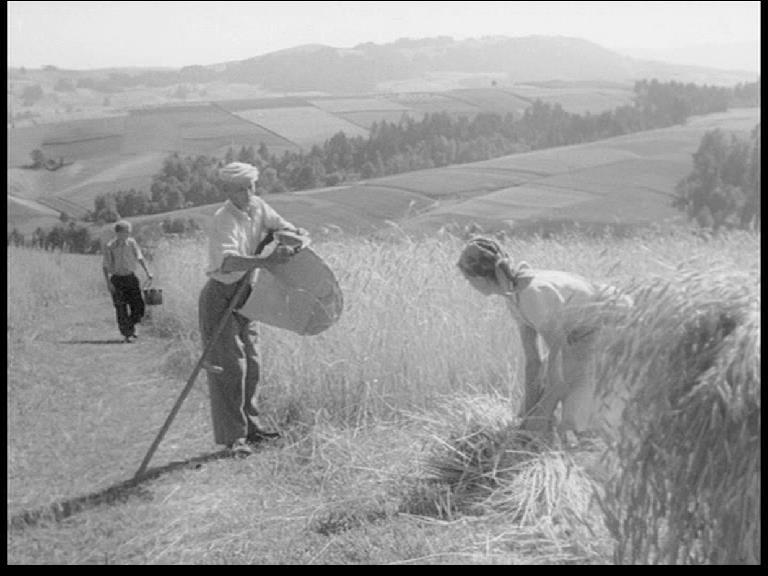
read more - Sen na Jawie, 39'
Sen na Jawie / Dreams of Java
Production: POL 2014Riko is 28. He lives with his parents and brother in a small house on the outskirts of Yogyakarta in Indonesia. He works in one of Java's many glove factories. Occasionally he leaves his home village to become a shaman and conduct the Jathilan ceremony; it lasts for many hours during which the dancers' bodies are being possessed by spirits. Riko, a modest young man who leads a double life, introduces us to a world where mythology is interwoven with daily reality.
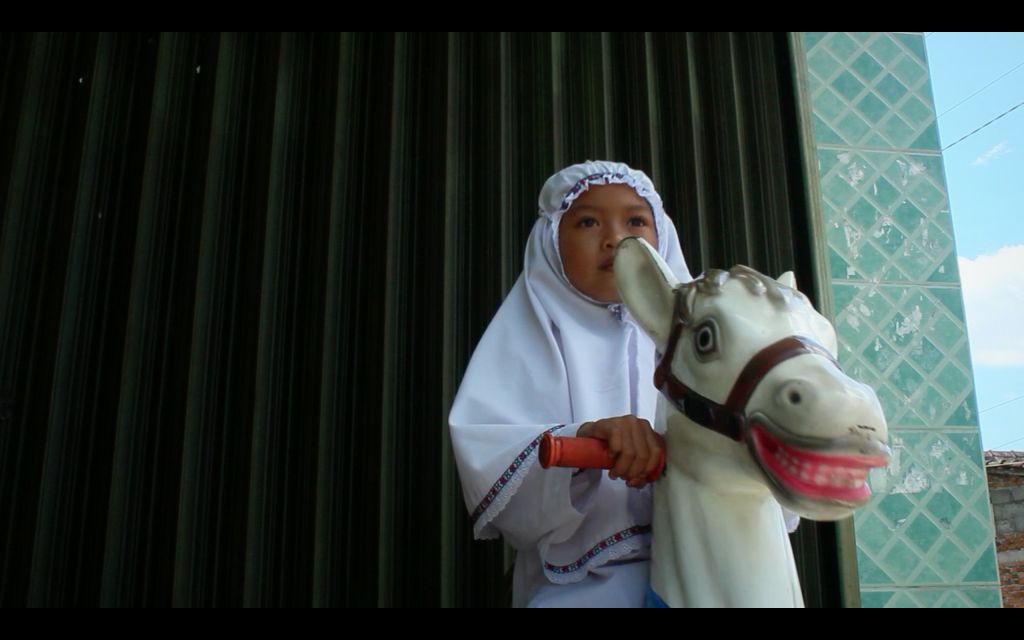

read more
- Song from the Forest, 98'
Song from the Forest
Production: GER 2013Song From The Forest documents the life of the US citizen Louis Sarno who has lived with the Bayaka Pygmies in the Central African jungle for the past 25 years. When Louis leaves with his son by his Bayaka wife Samedi for a journey to New York City, his seemingly utopian world goes off kilter. In a moving epic, Michael Obert sensitively draws the portrait of an exceptional person between two cultures, between giant forest trees and skyscrapers.
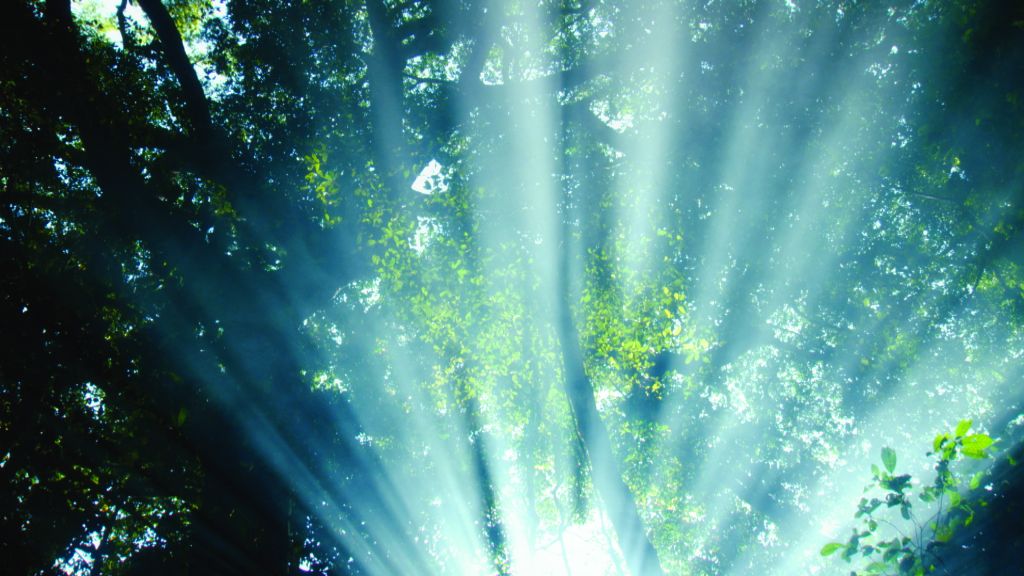

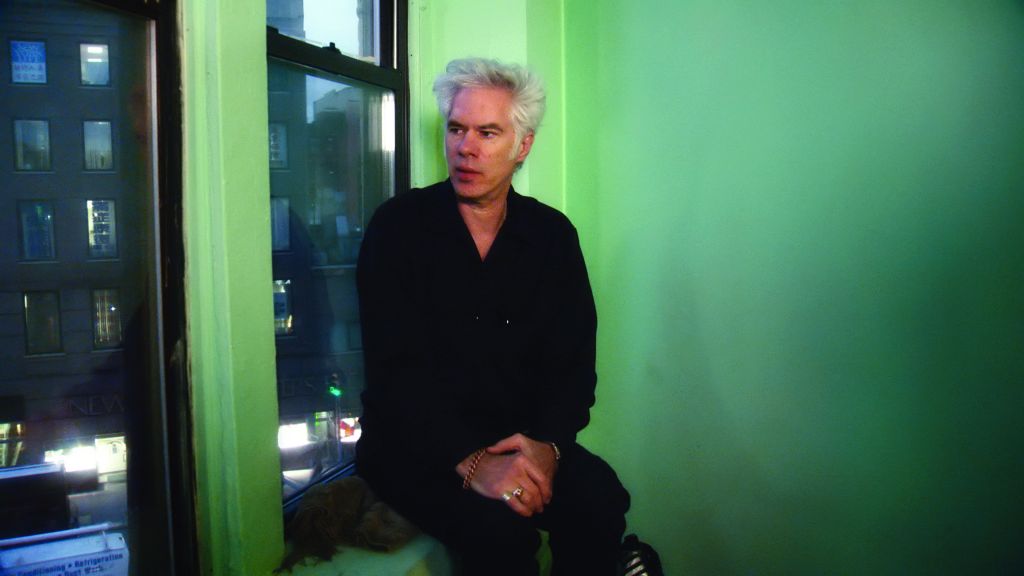
read more - Walter Ruttmann - Short films 1921-1925, 25'
Experimenting with abstract film, Ruttmann made a series of animated films under the name “Opus.” Those fims are experimental audio-visual forms – geometric forms made to classical music, the aim of which was to expand the range of painting onto the audio-visual medium. “Lichtspiel Opus I” was officially presented in front of a bigger audience in 1921 – it was the first public screening of an abstract film in Germany. Making subsequent instalments of the series, Ruttmann improved his technique fundamentally, becoming the leading representative of German film avant-garde of the 1920s.
Lichtspiel Opus I
Production: GER 1921, 12‘
Opus II
Production: GER 1922, 4‘Opus III
Production: GER 1924, 4‘
Opus IV
Production: GER 1925, 5‘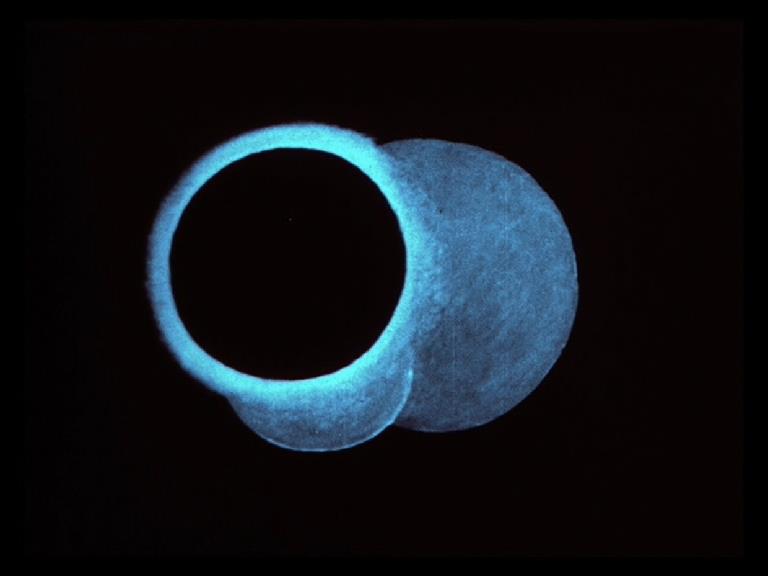
read more
- Walter Ruttmann - Advertisements, 25'
Short animated films with an element of advertising. Just as with the “Opus,” here we also have mostly moderate surfaces which take the shapes of geometric forms. To suit the needs of the advertisements Ruttmann broadened his spectrum to even more abstract forms and lines. Ruttmann created advertisements for Exelsior tyres, Kantorowicz liqueur, and GESOLEI exhibition in Düsseldorf. The pictures include advertising slogans.
Der Sieger / The winner
Production: GER 1922, 3‘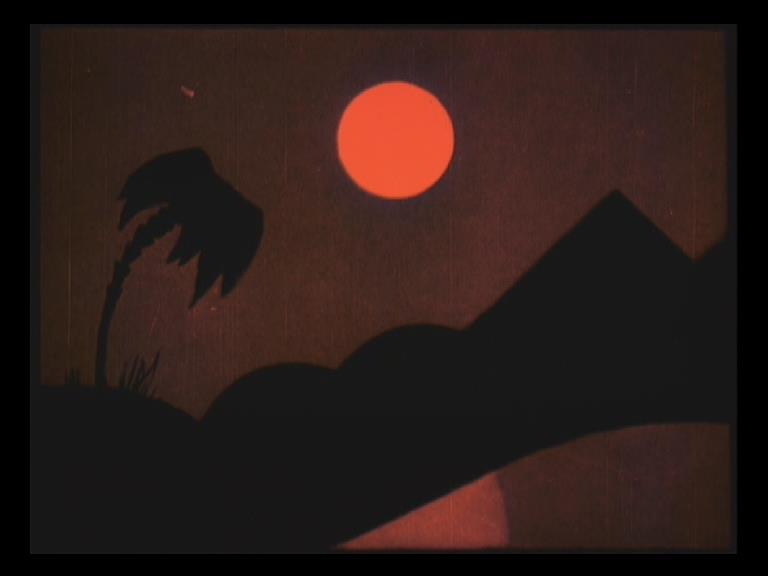
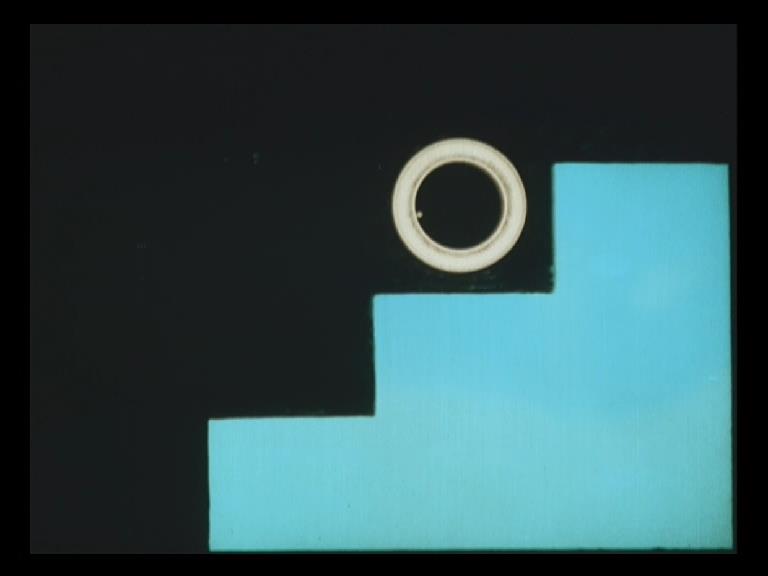
Das Wunder / The wonder
Production: GER 1922, 3‘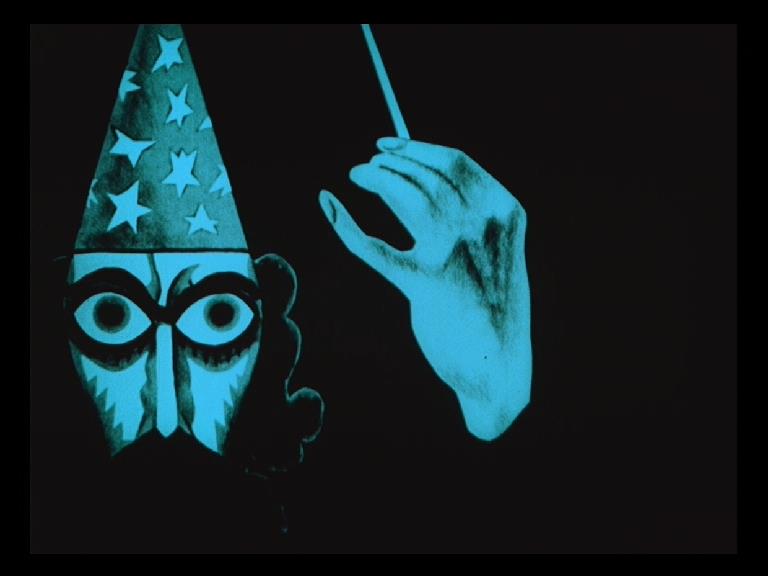

Das wiedergefundene Paradies / Paradise regained
Production: GER 1925, 6‘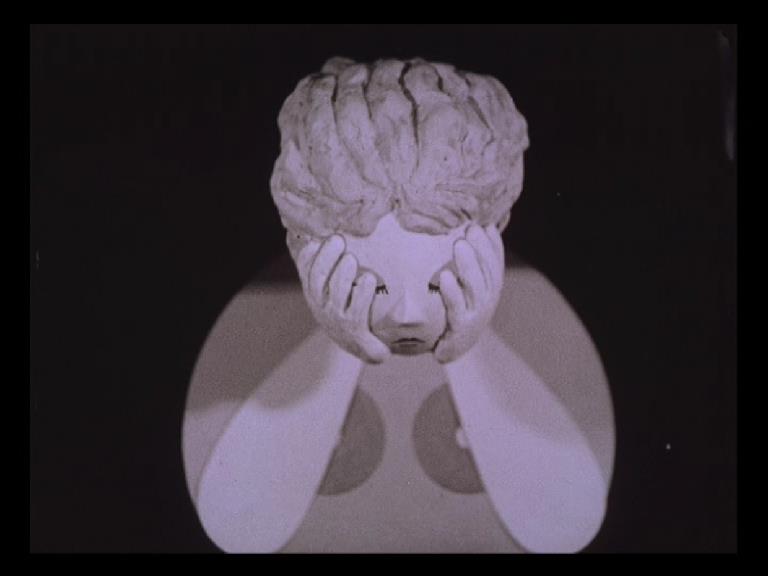
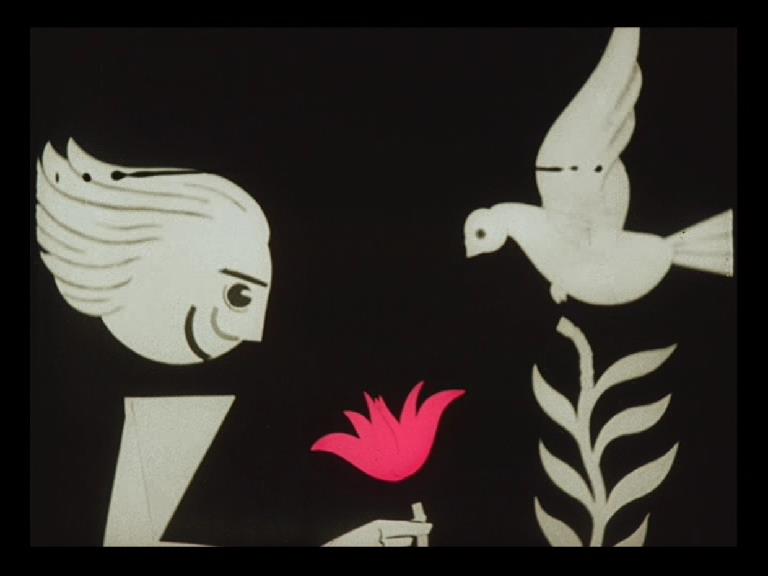
Der Aufstieg / The climb
Production: GER 1926, 4‘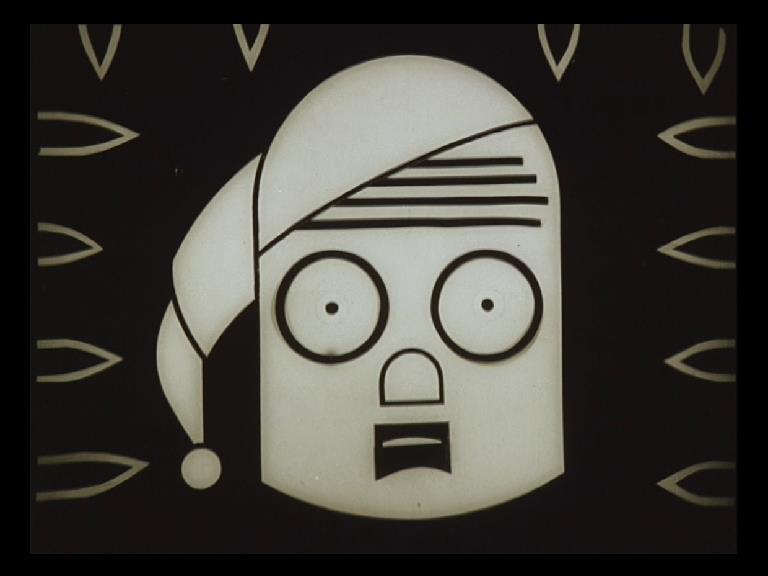
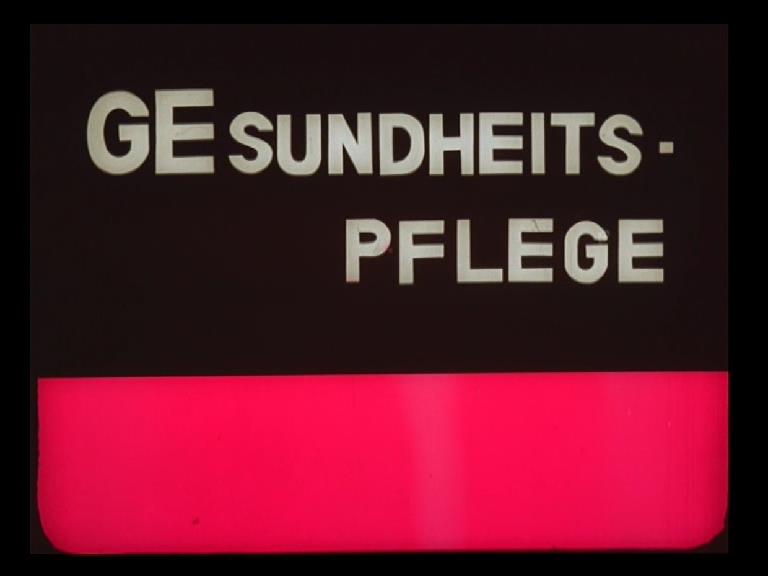
Spiel der Wellen / Play of the waves
Production: GER 1926, 3‘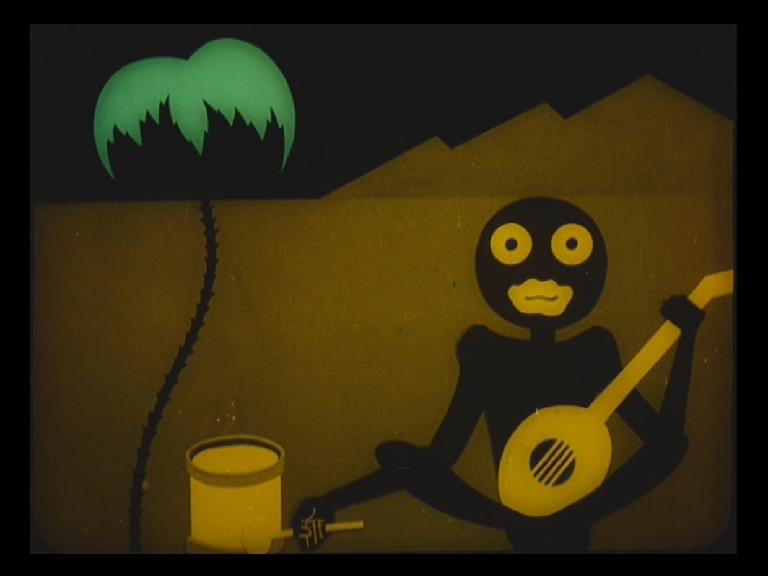

„Dort, wo der Rhein…” / “There, where Rhine...”
Production: GER 1927, 6‘
read more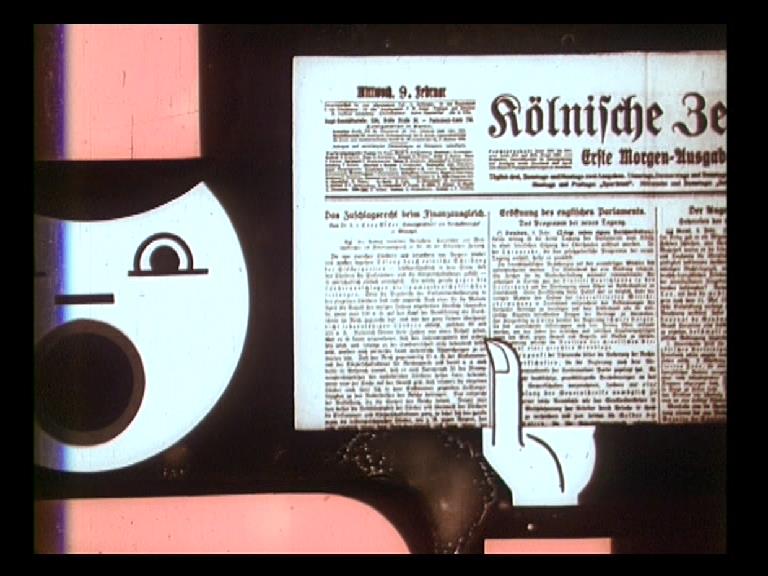
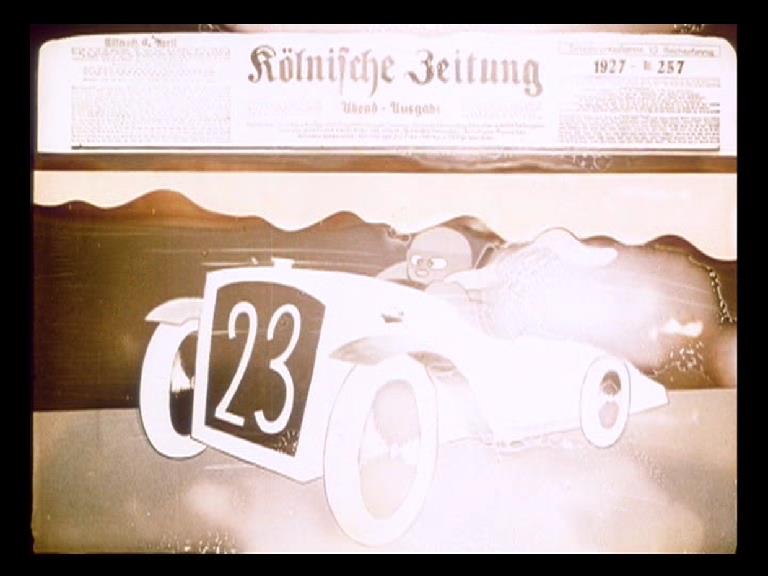
- Weekend, 12'
Weekend
Production: GER 1930, 12‘11-minute “film audio play” which is a real symphony of sound. During one night Ruttmann recorded the sounds of the street, presenting everyday life in Berlin in this (rather humorous) way. This resulted in an extreme film experiment: a film with no picture, where everything happens in the world of sound. The “found” sounds of the city, such as church bells, the noise of the street, or fragments of random conversations make up an organic unity, evoking semantic-acoustic associations in the audience. “Weekend” is a pioneer achievement of the art of sound.
read more






